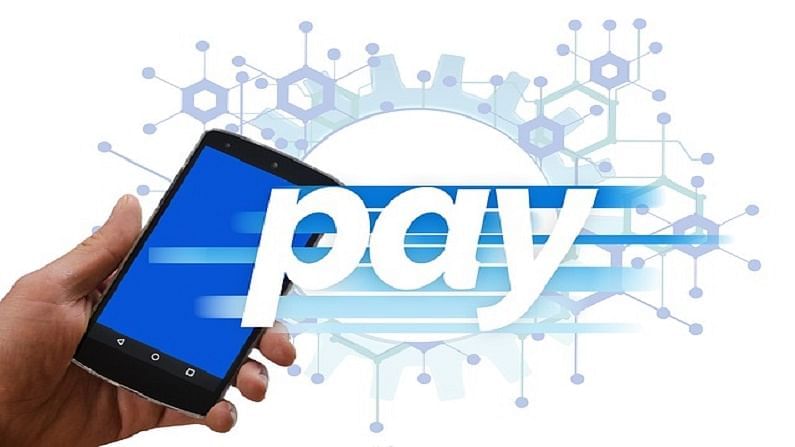Auto debit bounces in October at pre-Covid level
The unsuccessful auto-debit requests through the NACH platform are referred to as bounce rates in general

October witnessed a further decline in Auto-debit payment bounces as the value and volume of unsuccessful auto-debit requests through the National Automated Clearing House (NACH) touched pre-Covid levels.
This also validated claims made by lenders regarding significant improvement in collection recoveries seen by them in the last couple of months.
Of the 86.6 million transactions initiated in October, 27 million transactions or 31.24%, failed, while 59.52 million were successful, according to data from NACH.
In terms of value, 24.83% of transactions dropped in October, the lowest since January 2020. Bounce rates in September stood at 31.7% in terms of volume, while in terms of value it was at 25.4%.
Just a month before the wrath of Covid-19, the bounce rate for February 2020 was at 31.5% and 24.9% in volume and value terms, respectively.
The unsuccessful auto-debit requests through the NACH platform are referred to as bounce rates in general.
Bounce rates declined from July
Macquaire Capital reported that this indicates a continuation in trend of collection recovery as seen in the second quarter of 2021-22 (FY22) for major banks. It expects bounce rates to further decline, with strong sales during diwali season and a surge in economic activities across sectors.
Between June to November last year, there were record numbers in bounce rates, highlighting the stress in the system. However, from December 2020 the bounce rates started coming down from December 2020, indicating higher regularity in Equated Monthly Investments (EMIs), utility and insurance payments by companies. But the trend reversed in April as bounce rates inched up due to the second wave of the pandemic.
In July, the trend reversed again and bounce rates started declining as the impact of the second wave started waning.
During earning calls, lenders have indicated that their collection efficiencies have improved and have been able to pull back the slippages, especially in the retail segment, with economic activity picking up.

